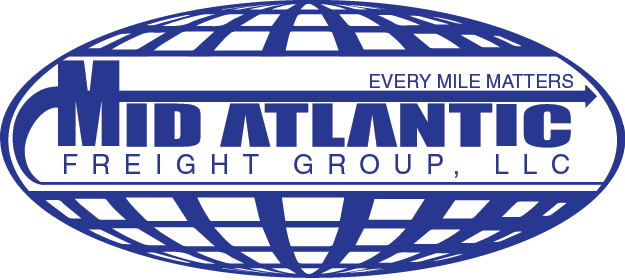Logistics has become an “integral component” of e-commerce business models as it is responsible for planning, control and flow of products from the point of origin to end-consumers, according to a new report by global consulting firm Research and Markets
The firm predicts that the global e-commerce logistics market will expand at a compound annual growth rate (CAGR) of 19.5% between 2017 and 2025.
The proliferation of the e-commerce sector and consequent rise in cross-border and international e-commerce trading activities is also cited as one of the major factors driving e-commerce logistics market worldwide.
Thus, rise in both intra-regional and cross-border trades are collectively contributing towards the growth of the e-commerce logistics market, Research and Markets said in its report. “With the expansion in breadth of offerings of e-commerce companies, reliable and robust logistic service is crucial for firms of all sizes,” the firm noted.
That trend is helping to spur more e-commerce focused acquisitions in trucking, such as the recent move by J.B. Hunt Transport Services to buy Special Logistics Dedicated LLC (SLD) and its affiliated entities for a reported $136 million.
“This acquisition will also allow our customers to deploy ‘big and bulky’ inventories into key markets, improving order fulfillment times for final mile deliveries and further enhancing our e-commerce delivery capabilities,” noted John Roberts, president and CEO of J.B. Hunt, in a statement.
SLD provides pool distribution services throughout North America using 14 terminals and fulfillment centers and a fleet of over 850 pieces of equipment. Its service offerings include: dedicated transportation at both dedicated and multi-use sites; cross-docking and contract logistics; less-than-truckload product consolidation; commingled pool distribution; and a Texas-based intrastate 57-ft. dry van highway service.
Overall, e-commerce activity continues to increase rapidly, according to a report by Adobe Digital Insights. Between November 1st and December 31st last year, the firm said, online sales hit $91.7 billion – up 11% from $82.5 billion during the same period in 2015.
“E-commerce is not new but it has reached critical mass; it’s increasing 20% per year and is a destructive force most prominently in the retail sector,” Marianne Rowden, president & CEO of the American Association of Exporters & Importers (AAEI), explained in a recent conference call with reporters.
“The impact of this colossal growth on online sales is especially being felt in cross-border sales, affecting shippers, transport providers, and others,” she said.
And those challenges are only growing, noted Gary Barraco, director of product marketing for Amber Road, on the same call.
“The pace of change is only accelerating – redefining what it means to be ‘agile’ in supply chain operations,” he said. “Online [sales] grew by leaps and bounds [last year] especially emerging markets where low cost goods are hard to find in local shops.”
Barraco also noted sales of goods over the Internet is expected to be a $1 trillion business by 2020 and will comprise 13% of global trade by 2019. E-commerce alone will be worth $3.5 trillion by 2023, he added.
“The sheer size and potential of e-commerce sales are too lucrative to pass up,” Barraco stressed.

